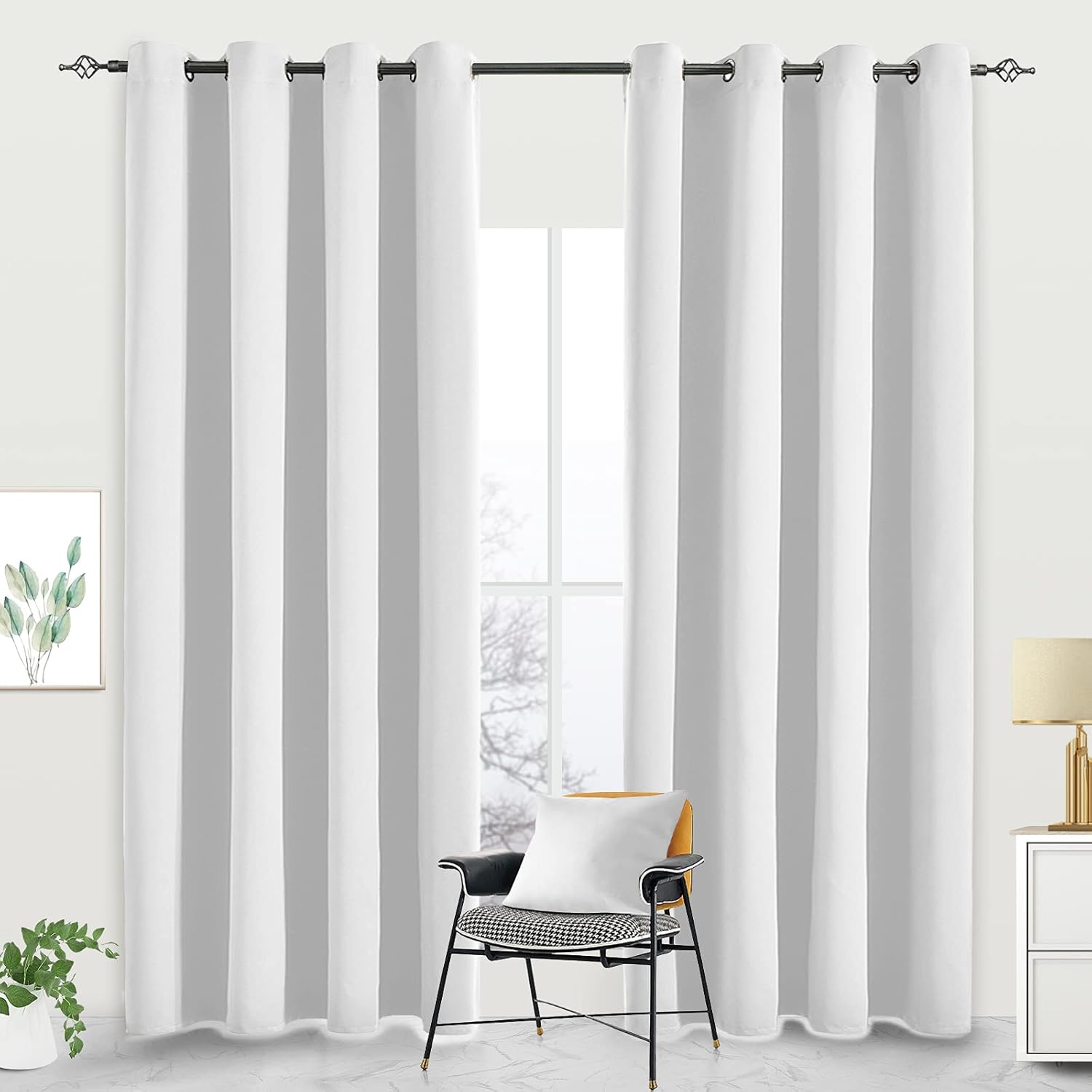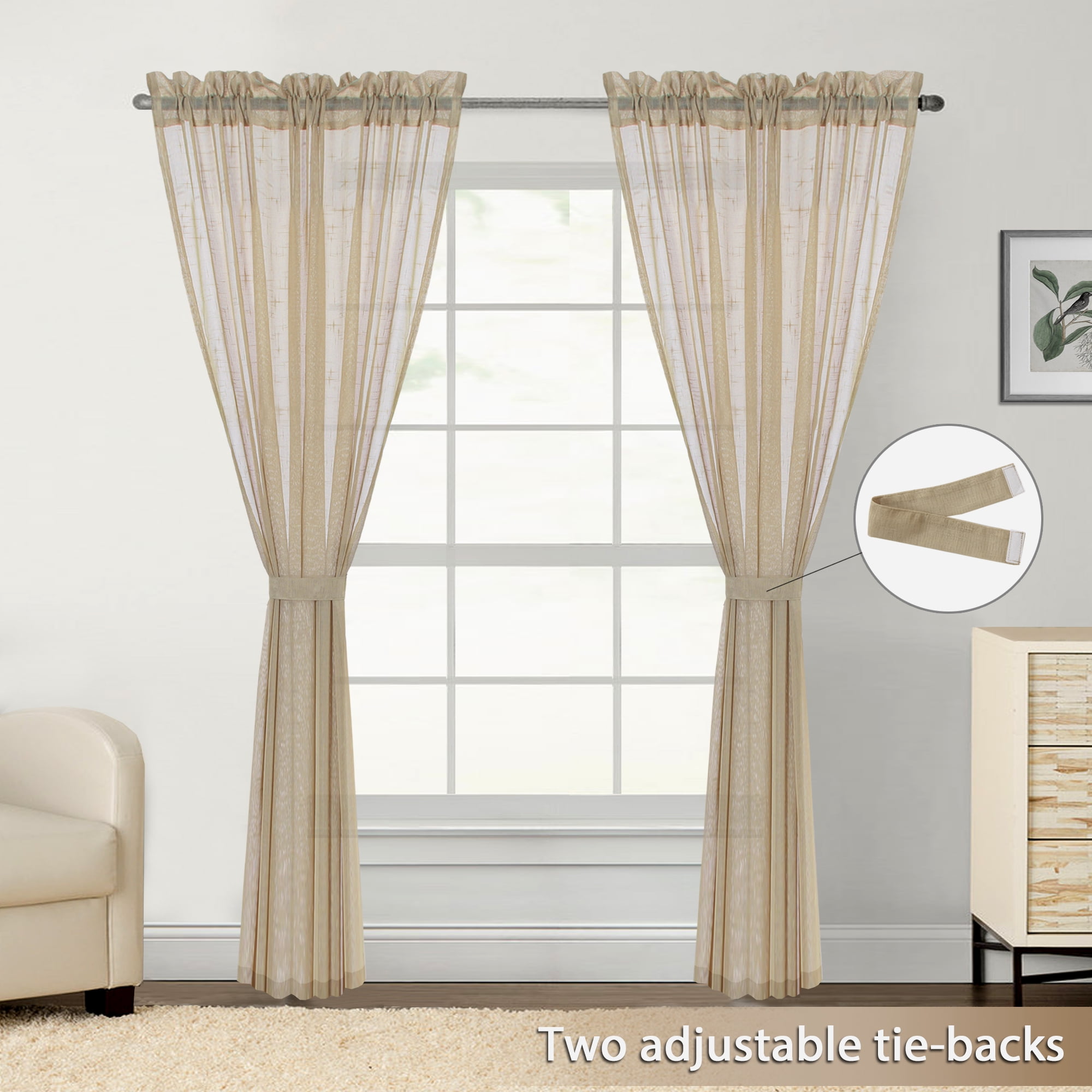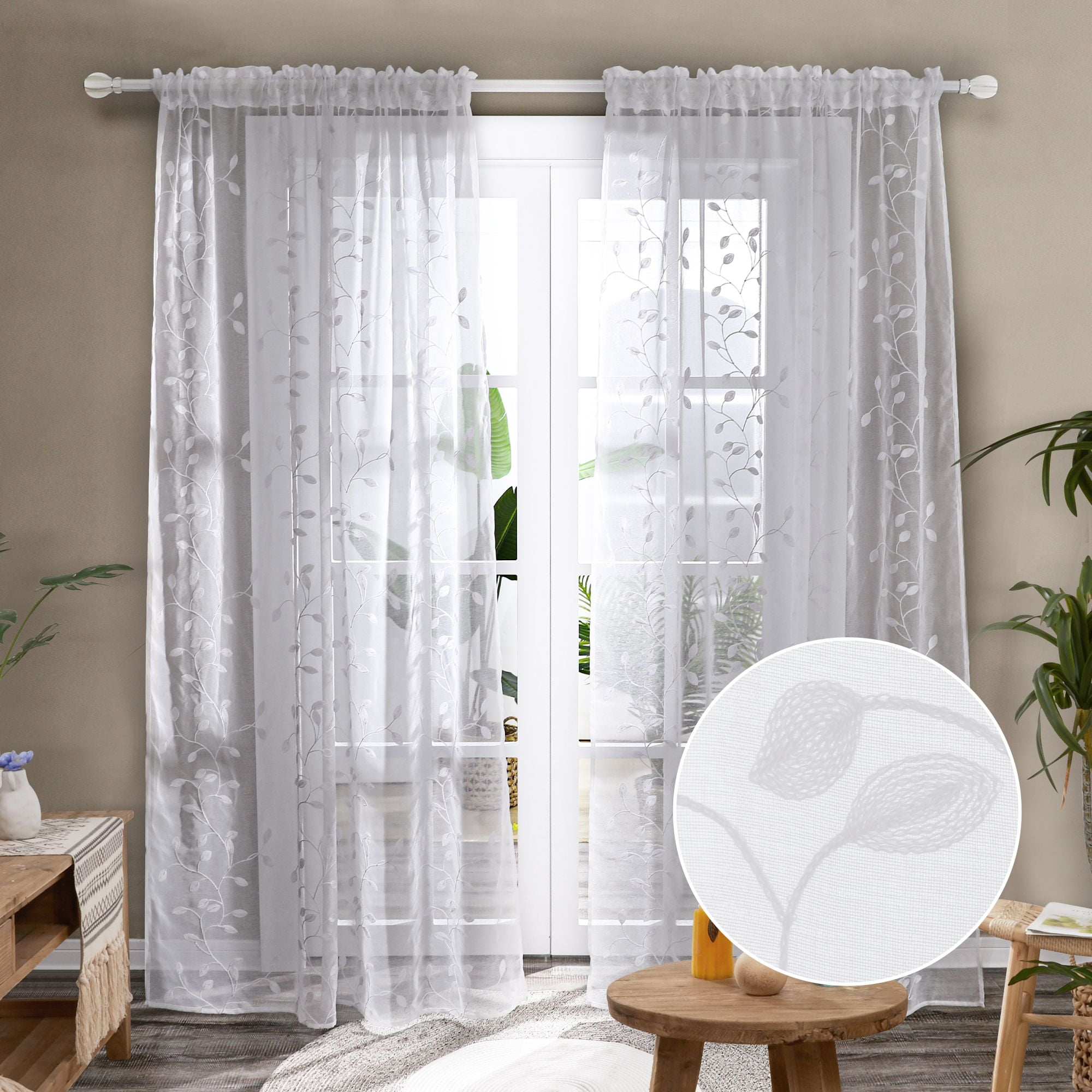Sears Curtains: Sears Curtains For Bedroom

Sears, Roebuck and Co., the iconic American retailer, played a pivotal role in shaping the landscape of home furnishings in the 20th century. From its humble beginnings as a mail-order catalog company, Sears rose to become a household name, synonymous with affordability and accessibility. Sears curtains, featured prominently in its catalogs, became a staple in American homes, reflecting the evolving tastes and trends of the era.
Sears Curtains: A Journey Through Time
The history of Sears curtains is intertwined with the evolution of the company itself. Early Sears catalogs, dating back to the late 19th century, showcased simple, utilitarian curtains, primarily made of cotton or linen. These curtains served a practical purpose, offering privacy and light control. As the 20th century progressed, Sears expanded its offerings to include more elaborate designs, incorporating patterns, colors, and textures to cater to a wider range of tastes.
- Early 20th Century: Sears curtains of this period often featured simple floral patterns, geometric designs, and solid colors. These curtains were typically made of lightweight fabrics like voile or cotton, and they were often sold in sets, including valances and tiebacks.
- Mid-20th Century: The mid-20th century saw a shift towards more modern designs, with Sears introducing curtains featuring abstract patterns, bold colors, and textured fabrics. This era was marked by the rise of popular design movements like mid-century modern, which emphasized clean lines, functionality, and a focus on natural materials.
- Late 20th Century: By the late 20th century, Sears curtains reflected the growing influence of global design trends. The company offered a wider variety of styles, including traditional, contemporary, and eclectic designs. Fabrics became more diverse, with the introduction of synthetic materials like polyester and nylon.
Iconic Sears Curtain Designs
Throughout its history, Sears introduced several iconic curtain designs that left a lasting impact on American homes. These designs became synonymous with particular eras and styles, capturing the spirit of the times.
- “Colonial” Curtains: Popular in the mid-20th century, these curtains featured simple, elegant designs inspired by colonial American architecture. They were often made of heavy fabrics like velvet or brocade, and they featured traditional details like fringe or tassels.
- “Modern” Curtains: In the 1960s and 1970s, Sears introduced “modern” curtains that reflected the minimalist aesthetic of the era. These curtains were often made of lightweight fabrics like linen or cotton, and they featured geometric patterns, bold colors, and simple designs.
- “Floral” Curtains: Floral patterns have been a perennial favorite in home decor, and Sears offered a wide variety of floral curtains throughout its history. From delicate, vintage-inspired florals to bold, modern prints, Sears curtains provided homeowners with countless options to add a touch of nature to their homes.
Exploring Sears Curtain Styles

Sears offers a diverse selection of curtain styles for bedrooms, each designed to enhance the ambiance and functionality of your personal sanctuary. Whether you seek to block out the morning sun, add a touch of elegance, or simply create a sense of privacy, Sears curtains cater to a wide range of preferences and needs.
Sears Curtain Styles
Sears curtains are available in a variety of styles, each offering unique benefits and aesthetics. These styles include blackout curtains, sheer curtains, and patterned curtains, among others.
Blackout Curtains
Blackout curtains are ideal for bedrooms as they effectively block out light, creating a dark and peaceful environment for sleep. They are typically made from thick, tightly woven fabrics such as velvet, microfiber, or polyester.
Sheer Curtains
Sheer curtains, crafted from lightweight fabrics like voile, organza, or linen, offer a delicate and airy feel. They allow natural light to filter through, creating a soft and ethereal ambiance. Sheer curtains are often used in combination with blackout curtains to provide both privacy and light control.
Patterned Curtains
Patterned curtains add a touch of personality and visual interest to any bedroom. From floral prints to geometric designs, the options are endless. Patterned curtains can be used to create a focal point in the room or to complement existing décor.
Materials Used in Sears Curtains
Sears curtains are crafted from a variety of materials, each offering distinct qualities and benefits. Common materials include cotton, linen, velvet, and synthetic blends.
Cotton
Cotton is a natural, breathable fabric that is soft and comfortable. It is often used in curtains for its durability and ability to absorb moisture.
Linen
Linen is another natural fiber known for its strength, breathability, and luxurious feel. It is often used in sheer curtains for its light and airy quality.
Velvet
Velvet is a luxurious fabric with a soft, plush texture. It is often used in blackout curtains for its ability to block out light and create a rich, opulent feel.
Synthetic Blends
Synthetic blends, such as polyester and microfiber, offer durability, wrinkle resistance, and easy care. They are often used in blackout curtains for their ability to block out light and maintain their shape.
Comparing and Contrasting Sears Curtain Styles
The following table provides a comparison of the features and benefits of various Sears curtain styles:
| Curtain Style | Material | Features | Benefits | Blackout Curtains | Velvet, microfiber, polyester | Thick, tightly woven fabric, light-blocking | Promotes sleep, reduces noise, provides privacy | Sheer Curtains | Voile, organza, linen | Lightweight, airy fabric, allows light to filter through | Creates a soft and ethereal ambiance, adds privacy | Patterned Curtains | Cotton, linen, velvet, synthetic blends | Variety of patterns and designs | Adds personality and visual interest to the room |
|---|
Tips for Choosing the Right Sears Curtains

Curtains can be a dramatic statement in your bedroom, offering a balance of style and function. When choosing Sears curtains, consider your bedroom’s decor, your desired light control, privacy needs, and the overall ambiance you wish to create.
Determining Your Needs
Your bedroom’s needs play a crucial role in choosing the right curtains. Here are some key factors to consider:
- Light Control: Do you need blackout curtains to block all light, or sheer curtains to allow sunlight to filter through?
- Privacy: If privacy is a concern, consider heavier fabrics or curtains with linings.
- Style: What style of curtains best complements your bedroom’s decor? Do you prefer classic, modern, or rustic?
- Budget: Sears offers a wide range of curtains at various price points. Set a budget before shopping to help you narrow down your options.
Measuring Your Windows
Accurate measurements are essential for a perfect fit. Follow these steps to ensure your curtains are the right size:
- Window Width: Measure the width of your window at its widest point, adding 1-2 inches to each side for fullness.
- Window Height: Measure the height of your window, including any trim. For curtains that hang above the window, add extra length.
- Curtain Rod Length: Measure the length of your curtain rod, ensuring it is wider than the window to allow for proper draping.
Hanging Your Curtains, Sears curtains for bedroom
Once you’ve selected your curtains, follow these steps for a professional-looking installation:
- Choose the Right Hardware: Select a curtain rod that complements your curtains and the style of your bedroom.
- Install the Curtain Rod: Follow the manufacturer’s instructions for installing your curtain rod. Ensure it is securely mounted.
- Hang the Curtains: Carefully slide the curtains onto the curtain rod, ensuring they are evenly distributed.
- Adjust the Length: If needed, adjust the length of your curtains by hemming them or using curtain clips.
- Style the Curtains: Once your curtains are hung, style them to your liking. You can use tiebacks, curtain rings, or other decorative elements to create a desired look.
